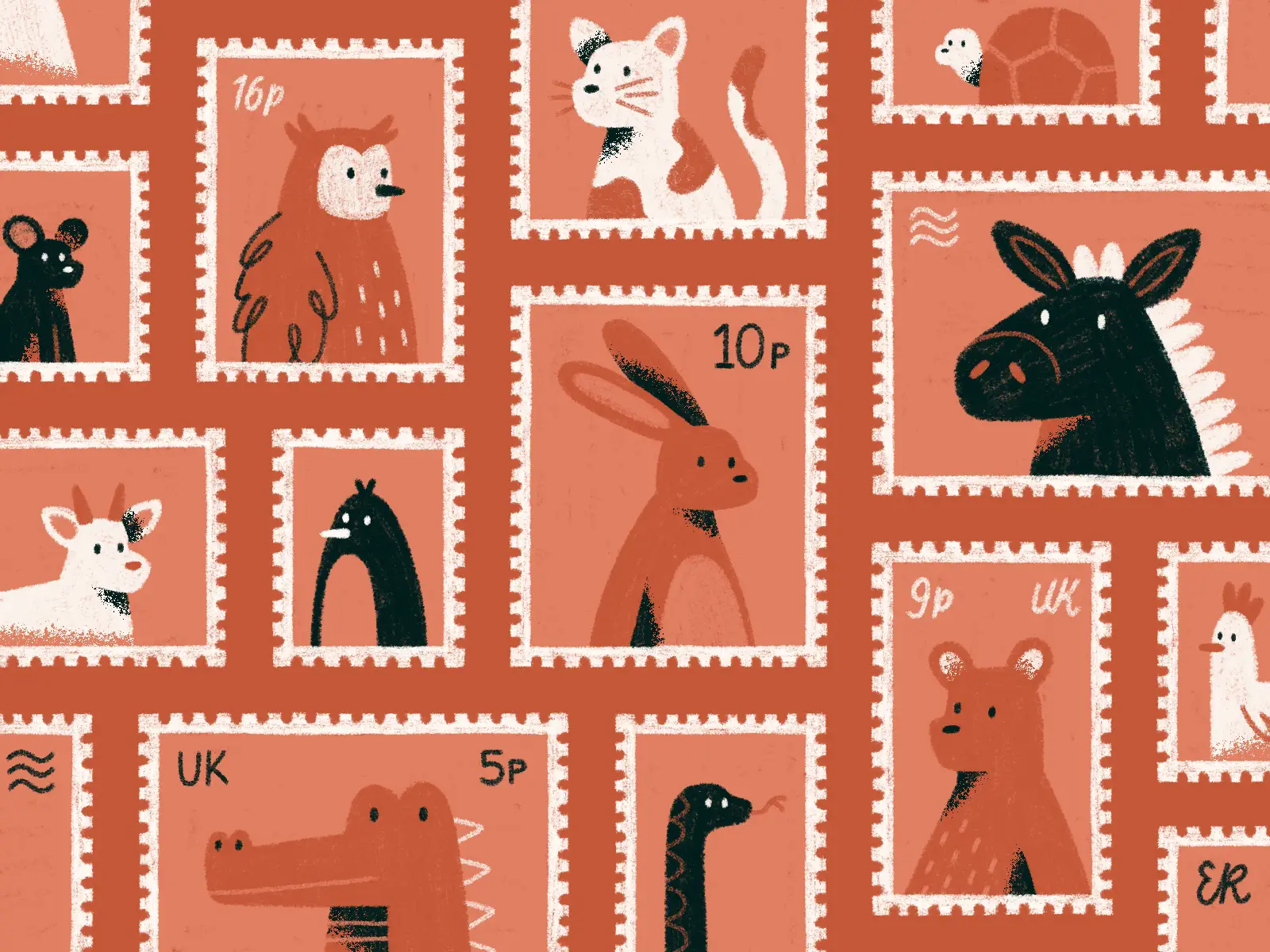Postage options
Now it’s time to consider the shipping options to offer your customers and find a balance that serves your customers but doesn’t over-complicate the process for you.
Some questions to ask yourself are:
- Do you want to offer more than one shipping method?
- Should customers be able to upgrade their shipping?
- If your products are high value, is a tracked service preferable?
- Do you want to offer a free option?
- Are you going to ship internationally, or keep it domestic?
- Do you want to build some of the cost into the product itself?
- Do you want to offer a flat rate across all product types or in groups?
Once you’ve worked out the above, you can set your online store postage options. Have a look at your chosen courier and work out what the postage will cost you, and then set your shipping prices according to the answers to your questions.
This is a good place to start for Royal Mail for example.
To give you some insight, I offer my customers two shipping methods: Royal Mail Second Class, and Royal Mail Signed For. This gives them the choice of cheap postage or a secure and trackable service. The prices reflect these at 75p against £2.75 respectively for products fitting into letters. These necessarily vary for international customers.
Below you can find a summary of all my shipping profiles:




